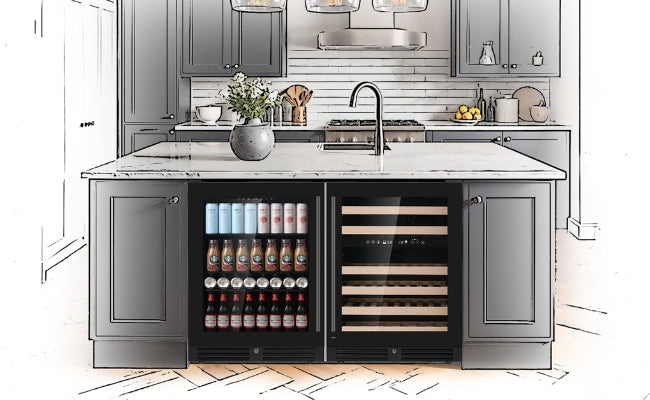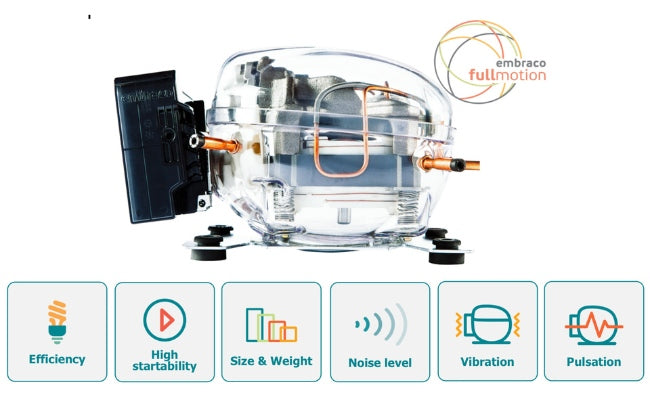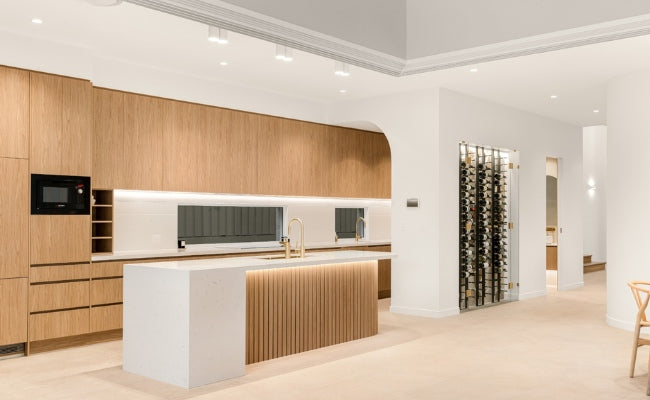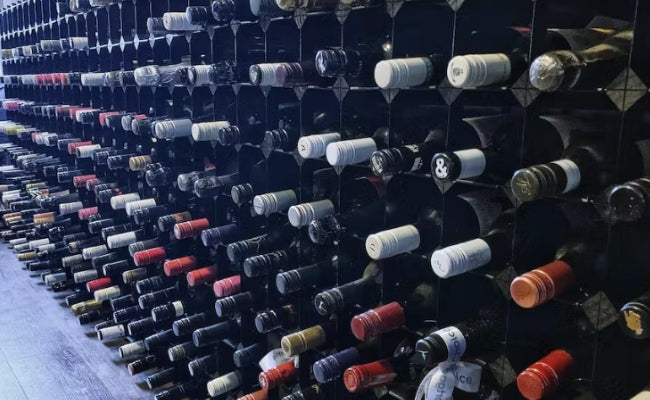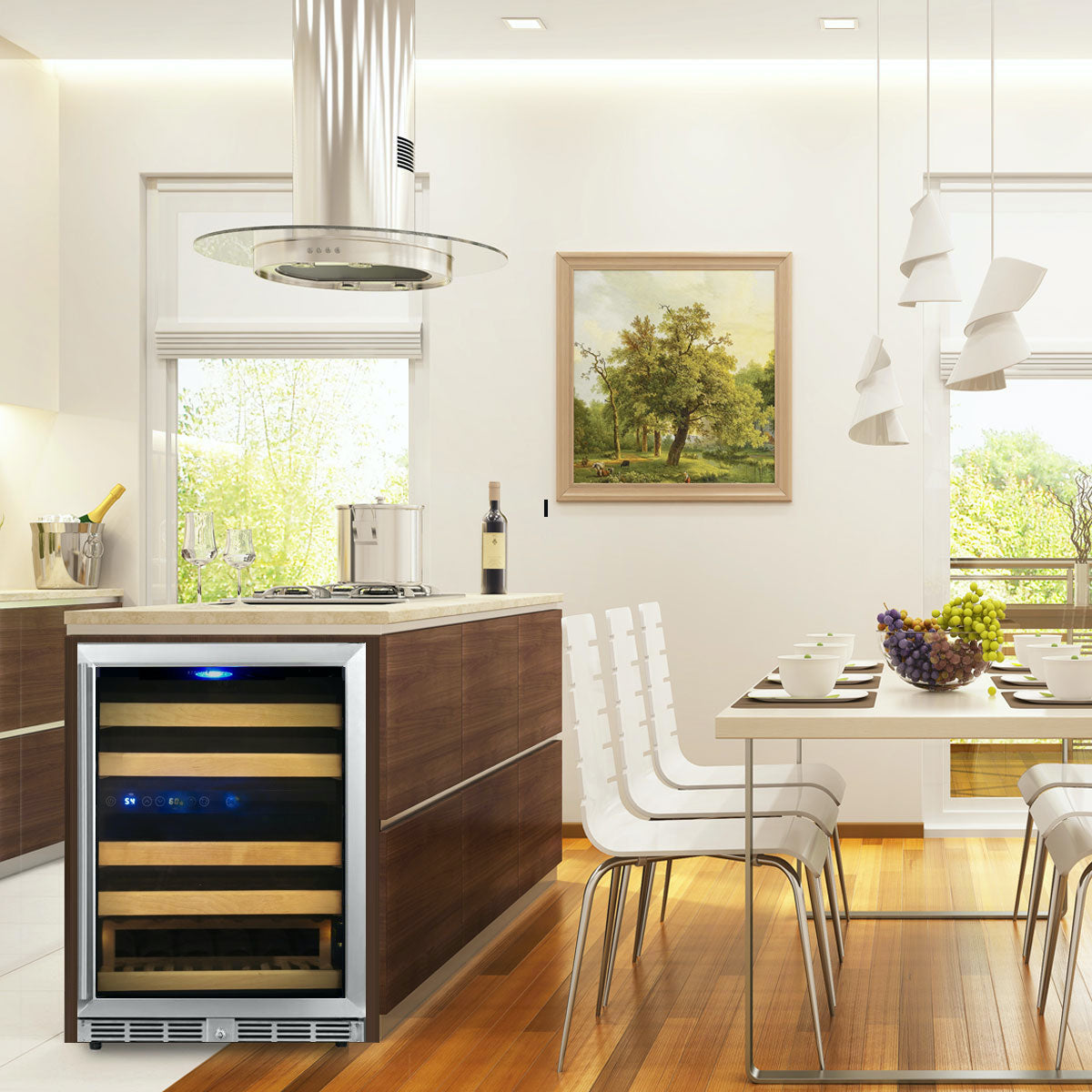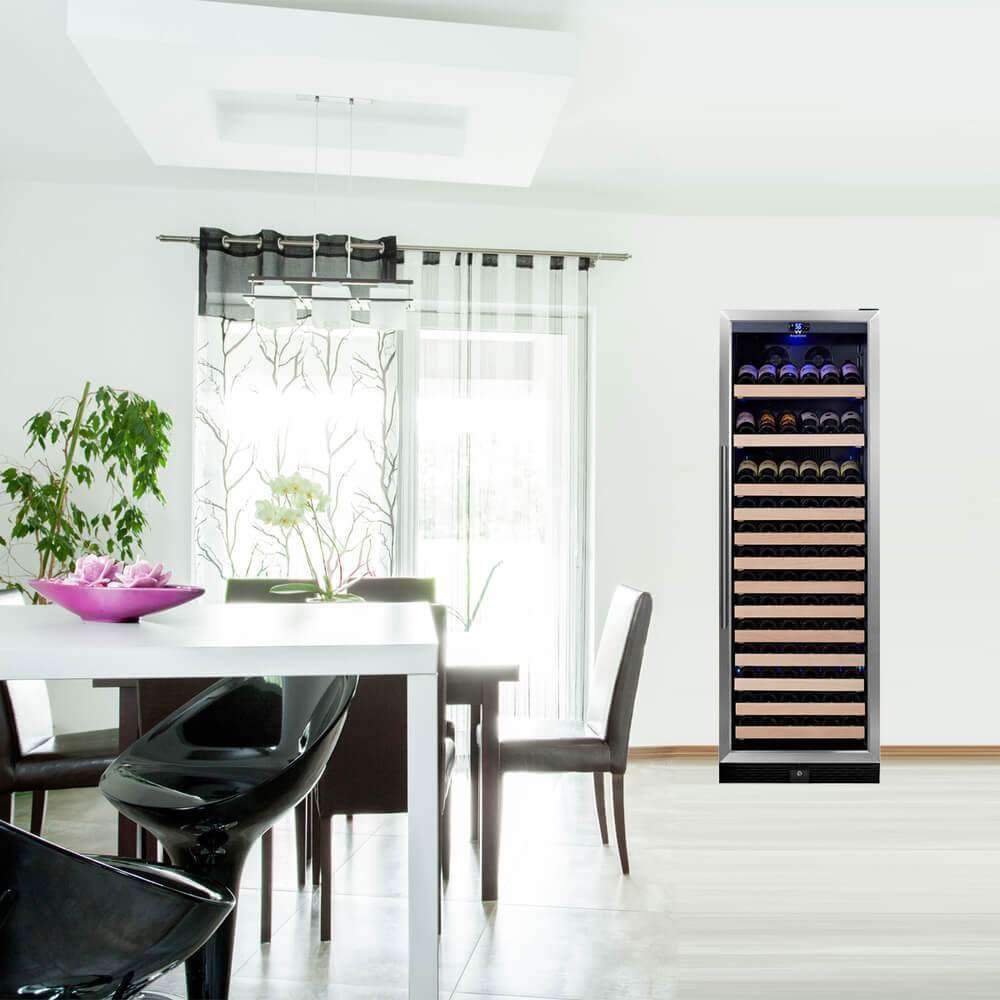
Freestanding vs. Built-In Wine Cooler: Which One Is Right for You?
Wine enthusiasts know the importance of proper storage to preserve the taste and quality of their collection. A wine cooler is an essential appliance for maintaining the ideal temperature, humidity, and stability that wine needs to age gracefully. However, when choosing the right wine cooler for your space, one crucial decision you’ll need to make is whether to go for a freestanding or built-in model.
What Is a Freestanding Wine Cooler?
A freestanding wine cooler is designed to stand alone, similar to a traditional refrigerator. These coolers typically feature ventilation at the back or sides, requiring ample clearance around the unit to ensure proper airflow. They come in various sizes, ranging from compact models suitable for countertops to larger units capable of storing hundreds of bottles.
Key Features of Freestanding Wine Coolers
- Ventilation Placement: Vents are located on the back or sides, making airflow critical for performance.
- Placement Flexibility: Can be placed in any open space, such as a living room, kitchen, or basement.
- Wide Range of Sizes: Available in small, medium, and large capacities.
- Standalone Aesthetic: Designed to be a visible appliance in the room.
What Is a Built-In Wine Cooler?
A built-in wine cooler is specifically designed to be integrated into cabinetry or under counters. These models feature front-venting systems that direct heat away from the cooler, allowing them to be safely enclosed without the need for additional clearance. Built-in wine coolers are a popular choice for kitchens, home bars, and wine cellars, where a seamless and polished look is desired.
Key Features of Built-In Wine Coolers
- Front Ventilation: Allows the cooler to be installed flush with cabinetry.
- Space-Saving Design: Fits neatly under counters or within custom furniture.
- Aesthetic Integration: Designed to blend seamlessly with the surrounding decor.
- Fixed Placement: Typically requires professional installation.
Comparing Freestanding and Built-In Wine Coolers
To choose the right wine cooler for your collection, it’s essential to understand how freestanding and built-in models compare in terms of design, functionality, and suitability.
1. Ventilation
The most significant difference between freestanding and built-in wine coolers lies in their ventilation systems. Freestanding models have rear or side vents, which means they require space around the unit for proper airflow. Without adequate clearance, the unit may overheat or fail to cool effectively.
Built-in models, on the other hand, have front-facing vents that allow heat to escape through the front of the cooler. This design enables them to be installed snugly into cabinetry or under counters without compromising performance.
2. Placement and Flexibility
Freestanding wine coolers offer greater placement flexibility. Since they don’t need to be fitted into cabinetry, they can be moved to different locations as needed. This makes them a great choice for renters, those with changing layouts, or anyone who values mobility.
Built-in wine coolers, however, are ideal for fixed installations. They are designed to create a sleek, integrated look and are often chosen for custom kitchens or dedicated wine cellars. While their placement is more limited, they add a level of sophistication to the space.
3. Aesthetics
Built-in wine coolers excel in aesthetics, as they are flush with surrounding cabinetry and provide a clean, streamlined appearance. They can also be customized with panel-ready doors to match the decor of your space.
Freestanding wine coolers, while still stylish, are designed to stand out as individual appliances. Their visible sides and back make them more noticeable, which can be a plus if you want your cooler to serve as a focal point in a room.
4. Capacity
Both freestanding and built-in wine coolers come in a variety of capacities, but freestanding models tend to offer larger options. If you’re a serious collector with an extensive collection, a freestanding model may be more suitable, as these can often store upwards of 200 bottles.
Built-in models typically have smaller capacities, as they are designed to fit into limited spaces. However, high-capacity built-in units are available for larger installations.
5. Installation
Freestanding wine coolers are easy to set up—simply plug them into a power outlet and ensure proper clearance for ventilation. They don’t require any specialized installation, making them a more cost-effective and hassle-free option.
Built-in wine coolers usually require professional installation to ensure they are securely fitted and properly vented. While this adds to the initial cost, it results in a polished and permanent setup that integrates seamlessly into your space.
6. Price
Freestanding wine coolers are generally more affordable than built-in models. The lower price point, combined with the lack of installation costs, makes them an attractive choice for budget-conscious buyers.
Built-in wine coolers are often more expensive due to their specialized design and the additional cost of installation. However, the investment can be worth it for those prioritizing aesthetics and long-term use.
Which One Should You Choose?
The decision between a freestanding and built-in wine cooler depends on your specific needs, space, and preferences. Here are some scenarios to help you decide:
- Choose a Freestanding Wine Cooler If:
- You need flexibility to move the cooler to different locations.
- You have ample space for proper ventilation.
- You’re on a budget and prefer a more affordable option.
- You want a high-capacity cooler for a large wine collection.
- Choose a Built-In Wine Cooler If:
- You’re designing a custom kitchen, bar, or wine cellar.
- You prioritize a sleek, integrated aesthetic.
- You have limited space but still want a permanent solution.
- You value a professional, high-end look.
Investing in the right wine cooler ensures that your wine is stored in optimal conditions, preserving its flavor and quality for years to come. Whether you go freestanding or built-in, the perfect wine cooler is out there waiting to enhance your wine experience.

